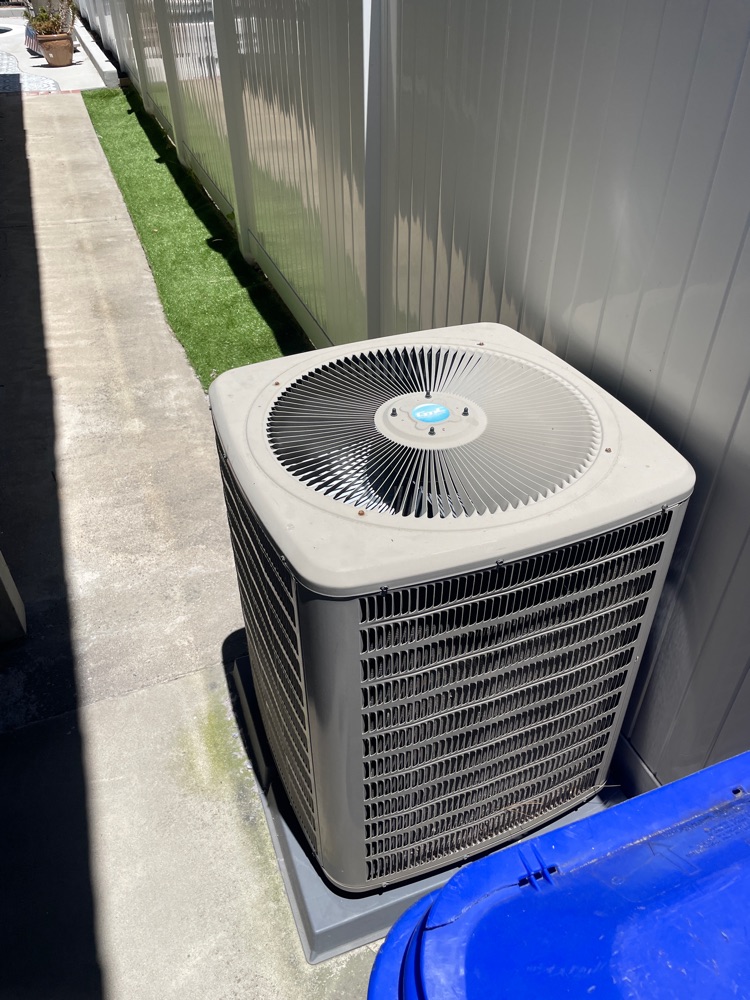One of the most used appliances at your home - microwave. You might be very sad, when it stops working. Usually the first thing that people do in this case - call a technician. But we recommend you to take some tests, maybe you can fix it without someone helping. Let’s try together to find an issue on an example microwave LG 8265.
The most common cause for a microwave oven not working at all is a blown main fuse. The microwave main fuse will cut the flow of electricity if too much current passes through it. When this happens, the fuse is considered “blown” and the fuse will need to be replaced with a new one before the microwave will start working again. The main fuse is not the only fuse found in microwave ovens. There can also be thermal fuses, cavity fuses, and thermoprotectors which will interrupt the electrical flow if the microwave overheats. All of these parts can be tested with a multimeter to confirm continuity – a continuous electrical path present in the component. Before you begin testing, unplug the microwave oven power cord. Since high voltage capacitors used in microwaves may retain a charge even after the power cord has been unplugged, it is recommended to discharge the capacitor before servicing. You can do this by placing a screwdriver blade across each set of capacitor terminals (avoid touching the blade when doing this). Remove the fuse or thermoprotector from the appliance. Rotate the multimeter dial to the lowest setting for “Ohms of resistance”. Touch the black lead to one of the component’s terminals and the red lead to the other terminal. If the meter display shows zero Ohms of resistance, the component has electrical continuity; if the meter display shows no significant change, the component lacks continuity which means it has blown and will need to be replaced.
Need professional help? You can contact our customer support team and arrange an appointment at the convenient time.



















